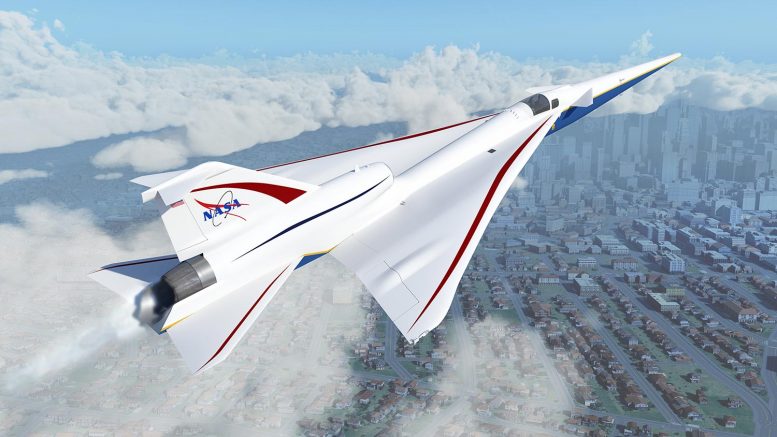Cutting Edge Ground Recorders to Measure Acoustics of NASA X-59 Quiet Supersonic Flights
4 Years, 1 Month, 4 Days, 18 Hours, 47 Minutes ago

For the deserts of Southern California, the major milestones of aviation have long been marked by the unique sights, and sounds, of flight. From the late Chuck Yeager’s breaking of the sound barrier in 1947, to the space shuttles’ approach and landing at NASA’s Armstrong Flight Research Center (then Dryden) in Edwards, and through today, one recognizable sound is the sonic boom – a loud, sometimes startling event that we hear on the ground when an aircraft overhead flies faster than the speed of sound, also called supersonic speed. NASA, for decades, has led the effort to study sonic booms, the loudness of which are considered the key barrier to enabling a future for overland, commercial supersonic aircraft. That future will be closer to reality when the agency’s X-59 Quiet SuperSonic Technology (QueSST) airplane takes to those familiar skies in 2022, taking the first steps to demonstrating the ability to fly at supersonic speeds while reducing the sonic boom to a significantly quieter sonic thump.